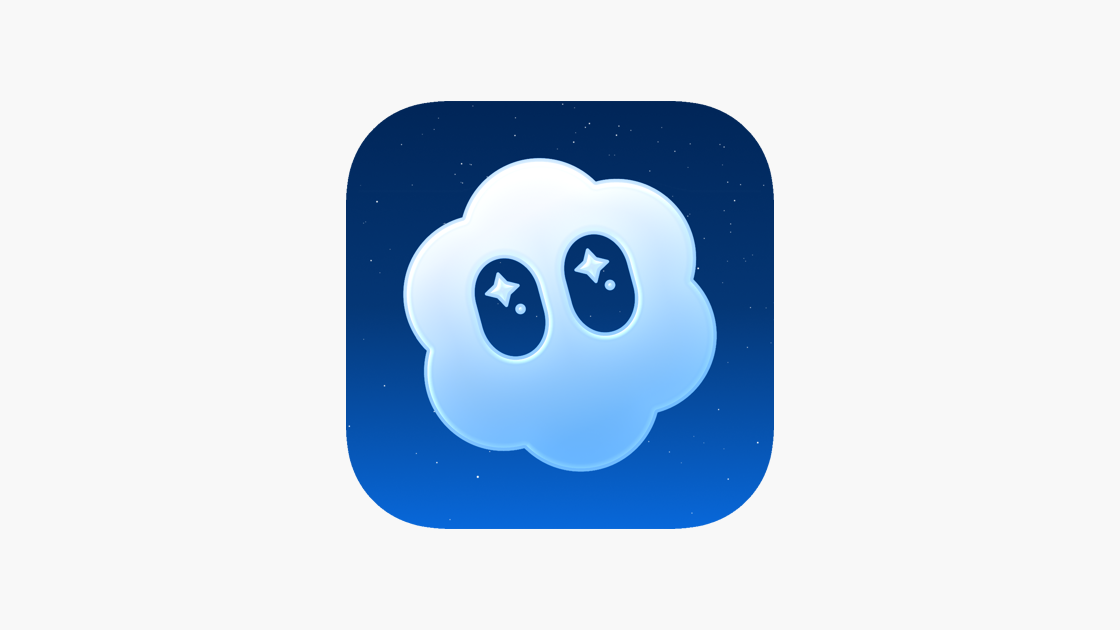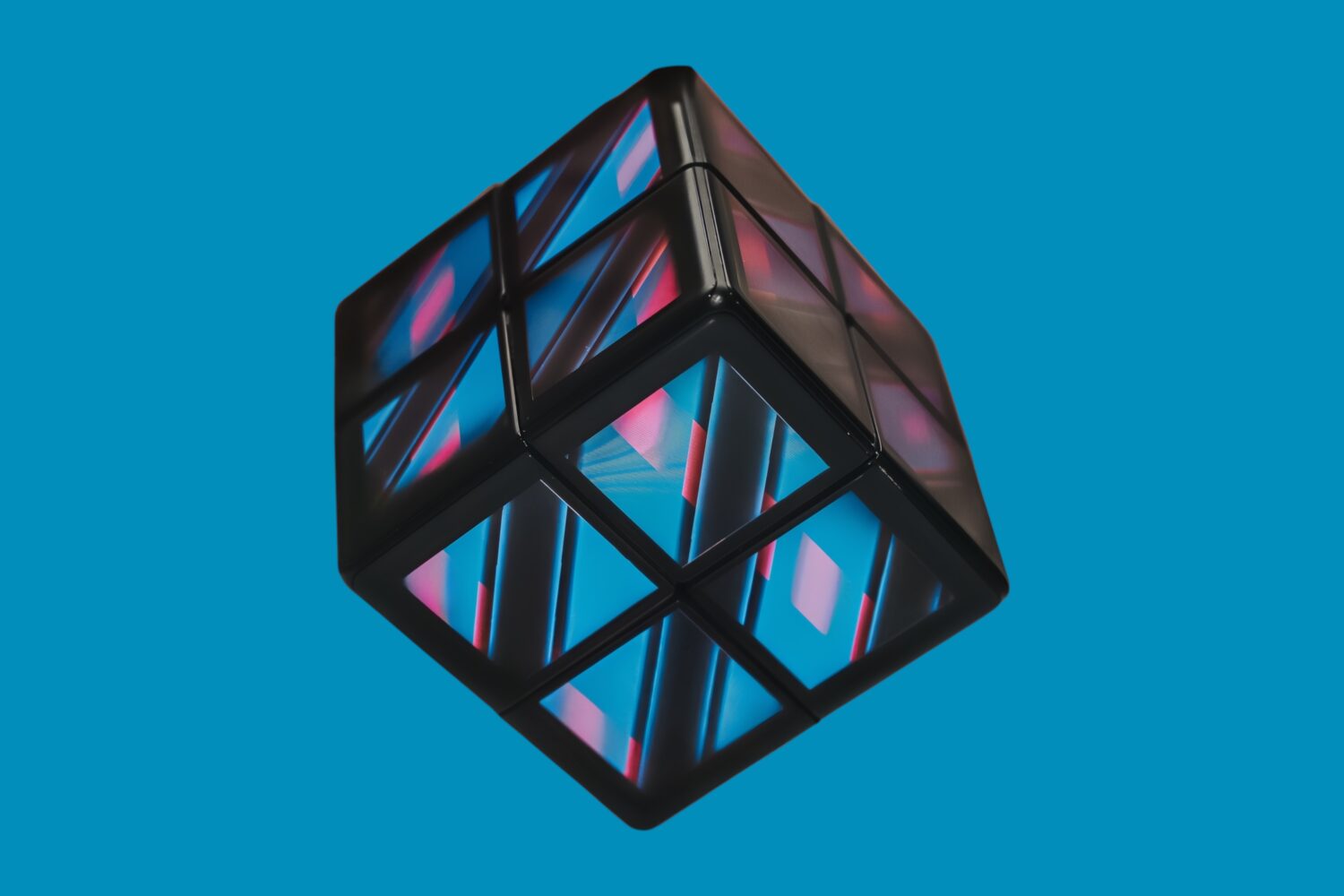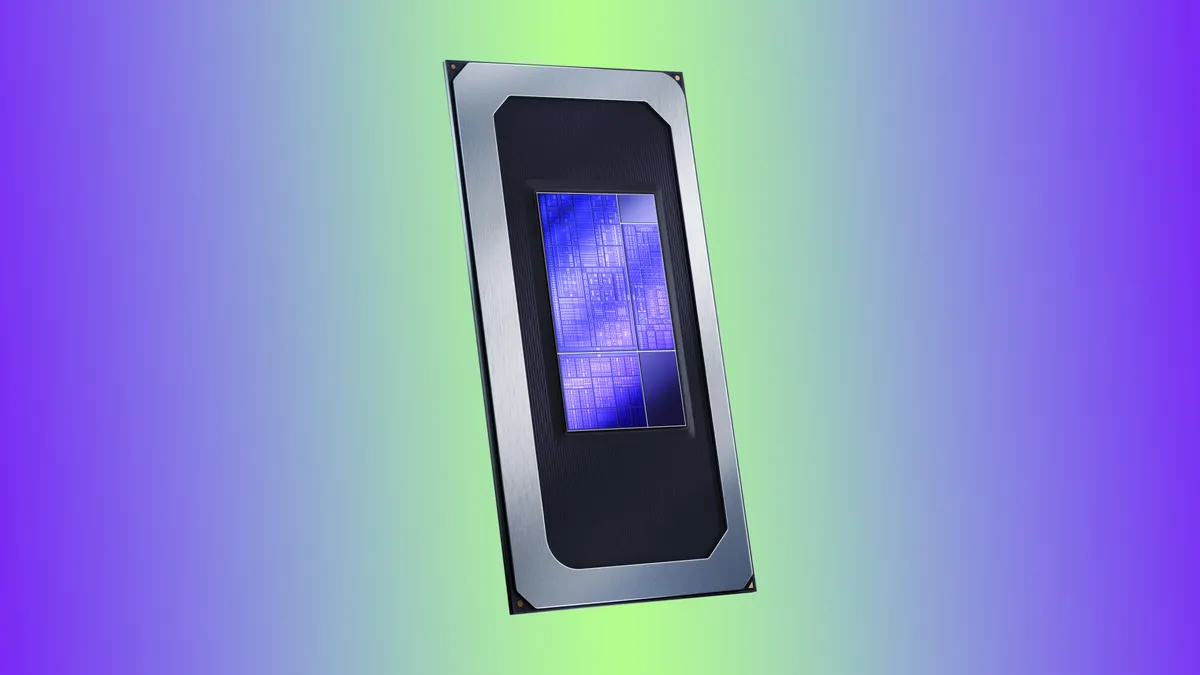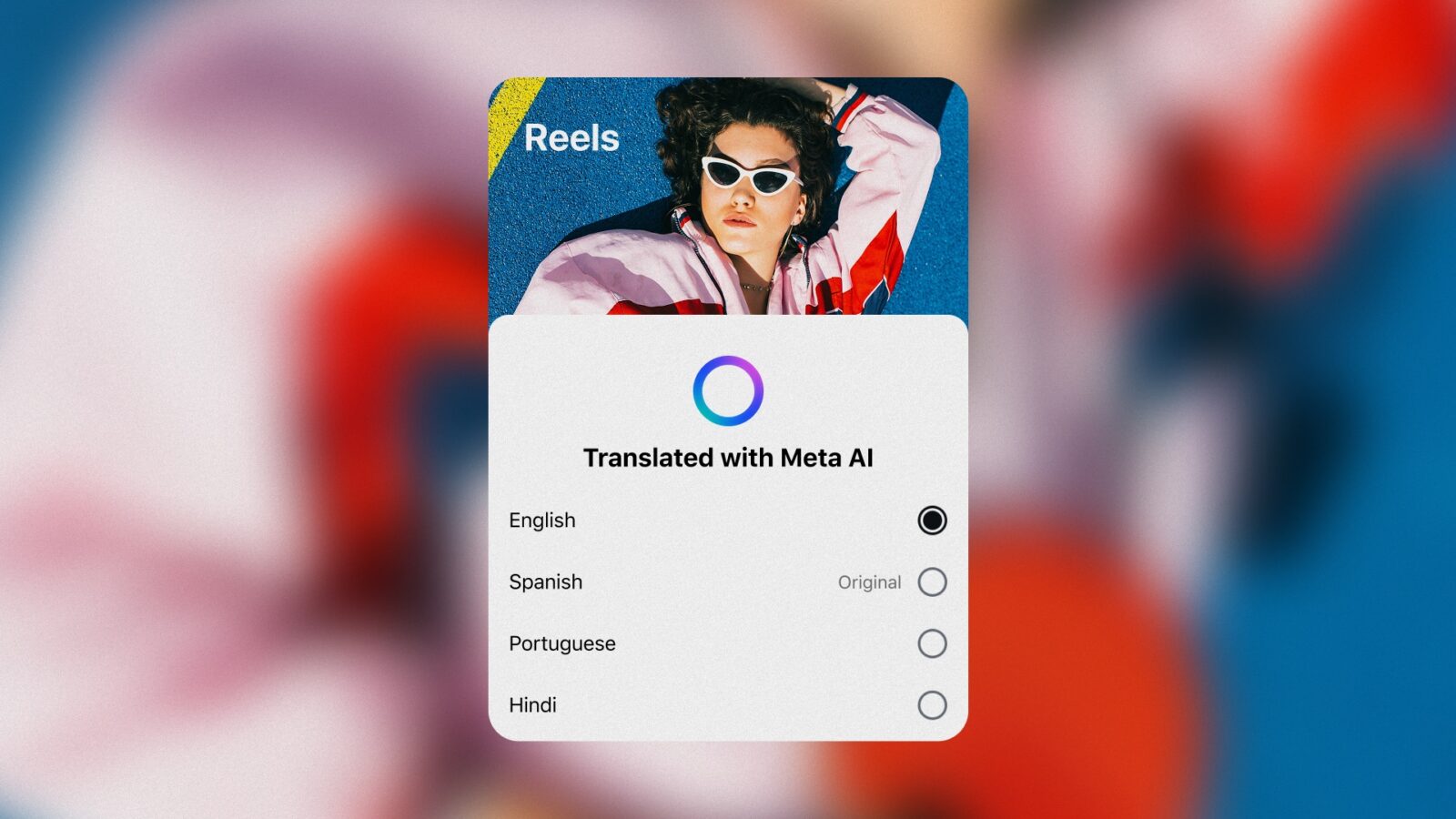OpenAI’s newest app, Sora, has achieved a remarkable milestone—surpassing 1 million downloads in just five days, outpacing the early success of the ChatGPT app. Despite being invite-only and limited to users in the US and Canada, Sora’s popularity underscores the growing fascination with AI-generated media and short-form video content.
Launched on September 30, 2025, Sora represents OpenAI’s first major step into social video. The app functions like an AI-driven version of TikTok, where users can scroll through a feed of 10-second videos created by OpenAI’s Sora 2model. These clips often feature user likenesses through a tool called “cameos,” allowing individuals to generate or appear in realistic, AI-crafted scenes. Users can also include public cameos from friends or other community members, blending personal creativity with AI-generated entertainment.
While its virality speaks to the public’s enthusiasm for generative tools, Sora’s rise has not been without complications. Within days of its debut, the app began circulating content that infringed on copyright, prompting scrutiny from rights holders and sparking broader concerns about the source material used to train OpenAI’s video models. The company has since made quiet adjustments to the platform, reportedly tightening moderation and revising community guidelines.
Sora’s invite-only design is meant to encourage small-group use among friends rather than open viral sharing, but its concept—a feed made entirely of AI-generated “deepfakes”—has divided audiences. For some, it’s a novel and creative way to produce short videos. For others, it’s emblematic of what critics are calling “AI slop”—an onslaught of synthetic, low-context media that blurs the line between entertainment and artificial noise.
Bill Peebles, who leads the Sora project at OpenAI, acknowledged the overwhelming demand, noting that the team is “working hard to keep up.” The app’s rapid growth positions it as one of the most successful AI consumer launches to date, reflecting both the appetite for creative AI and the ethical tension surrounding its use.
Sora’s debut also illustrates OpenAI’s expanding ambitions beyond chat interfaces. By entering the social and creative media space, the company is testing how generative AI can shape user-generated content—and whether audiences are ready to embrace a future where their favorite videos might not feature real people at all.







